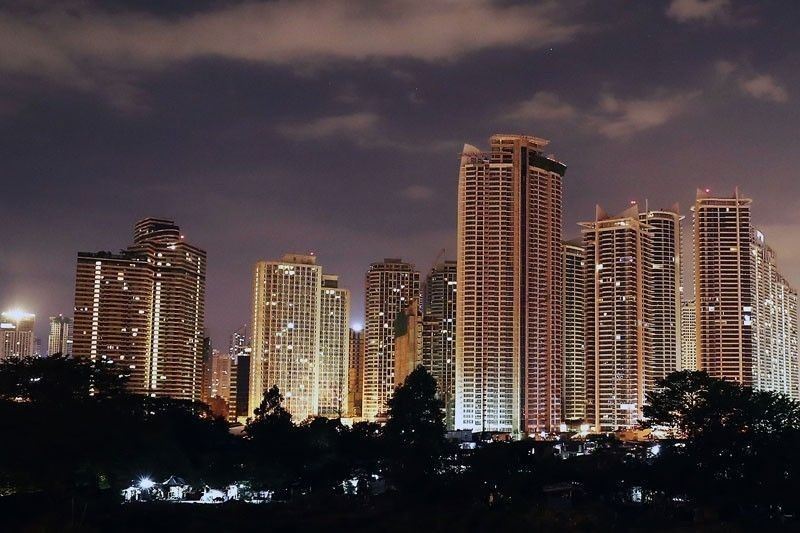
“Philippines’ economic growth is projected to moderate to 5.9 percent due to high base effects and weaker external demand,” AMRO principal economist Runchana Pongsaparn said in a statement yesterday”
MANILA, Philippines — The Association of Southeast Nations (ASEAN) +3 Macroeconomic Research Office (AMRO) expects the Philippines to post 5.9 percent growth this year, slower than the previous year, citing high base effects and weak demand from export markets.
“Philippines’ economic growth is projected to moderate to 5.9 percent due to high base effects and weaker external demand,” AMRO principal economist Runchana Pongsaparn said in a statement yesterday.
AMRO’s forecast for this year is lower than the 7.6 percent growth that was posted by the Philippine economy last year.
The forecast is also slower than AMRO’s 6.2 percent gross domestic product growth forecast for the Philippines for this year provided last July.
AMRO’s forecast is likewise below the government’s six to seven percent growth target for this year.
The Philippine economy grew by 4.3 percent in the second quarter, slower than the 6.4 percent in the previous quarter, and 7.5 percent in the second quarter last year. This brought average economic growth in the first semester to 5.3 percent.
For next year, Pongsaparn said the economy is projected to expand at a faster pace of 6.5 percent as external demand recovers.
“Meanwhile, domestic demand is expected to remain robust supported by continued improvement in labor market conditions, lower inflation, robust overseas remittances, and higher government infrastructure spending,” Pongsaparn said.
AMRO’s assessment was made as it conducted its annual consultation visit to the Philippines from Aug. 29 to Sept. 8.
During the visit, Pongsaparn, AMRO director Kouqing Li and chief economist Hoe Ee Khor met with Bangko Sentral ng Pilipinas (BSP) Governor Eli Remolona Jr., BSP Deputy Governor Francisco Dakila Jr., and Finance Undersecretary Maria Edita Tan and discussed risks and challenges facing the Philippines, and policy options to sustain the growth momentum, manage elevated inflationary pressures, restore fiscal buffer, and address long-term structural issues.
In the short-term, AMRO said high inflation poses risk to the country’s economic outlook.
AMRO expects Philippine headline inflation to moderate to 5.5 percent this year from 5.8 percent in 2022, and slow further to 3.8 percent next year.
While AMRO is projecting some moderation in inflation, it said inflationary pressure will likely remain elevated, citing second-round effects induced by minimum wage increases and expectations of persistently high inflation.
Headline inflation accelerated to 5.3 percent in August, ending a six-month downtrend mainly due to increases in prices of food, such as rice and vegetables, as well as transport costs.
This brought average inflation in the January to August period to 6.6 percent.
AMRO said a slowdown in major trading partners and volatility in the global financial market, along with tighter financial conditions, also pose risks to the country’s economic growth.
In addition, it said the country’s long-term growth potential is largely affected by the scarring effects of the pandemic, the pace of infrastructure development, geopolitical risks, as well as economic losses from natural disasters, exacerbated by climate change.
To overcome the scarring effects of the pandemic, AMRO sees the need to focus on upgrading and upskilling the workforce to be ready for a more technology-driven economy.
It said policies and measures to attract investments, particularly foreign investments, and promote exports of both goods and services would also support long-term economic development.
Furthermore, AMRO said the government can enhance the country’s competitiveness through investments in infrastructure, digitalization, and development of a green economy.
Source: Philstart.com
